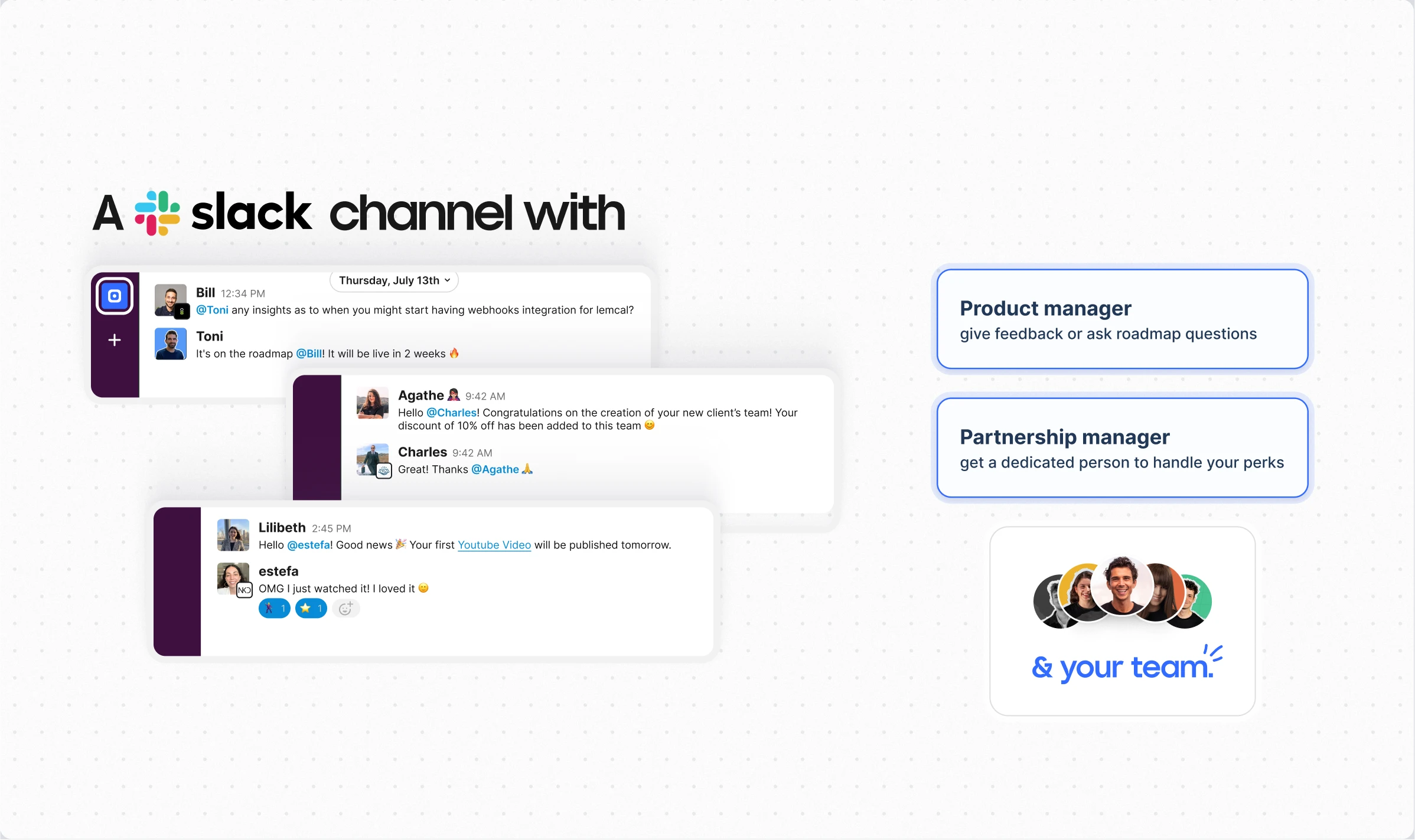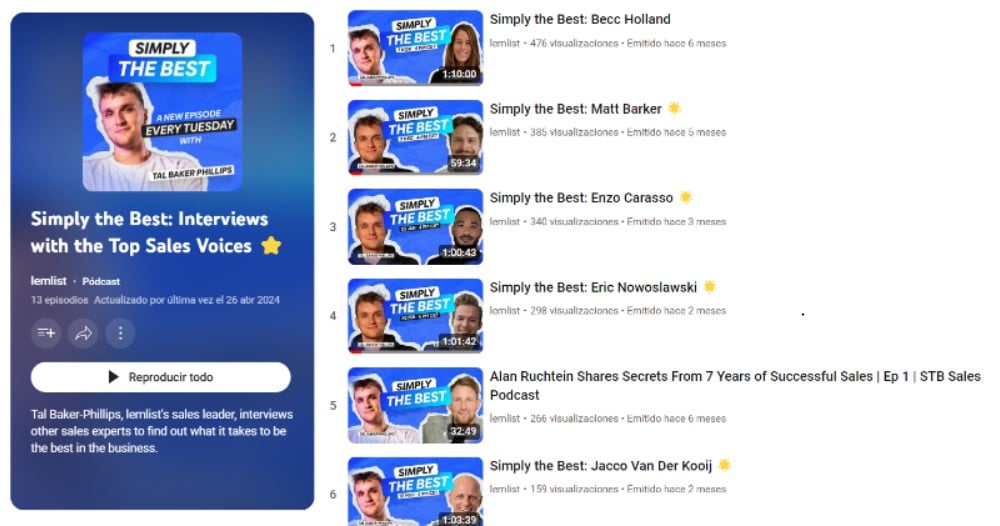Community backlinks are not just mere links; they are signals of trust from various online communities that tell search engines your content is valuable.
These backlinks are forged in community engagement, driving organic traffic to your website through a symbiotic relationship between your online presence and your audience.
What are community backlinks?
Community backlinks are the links that come from multiple online platforms where groups of people gather to discuss, share, and engage with content related to their interests.
These backlinks are a subset of quality link-building practices, essential for any website looking to improve its standing in the eyes of search engines.
The impact of community backlinks on a website’s ranking cannot be overstated.
Search engines like Google use these links as part of their algorithm to determine the relevance and authority of a website. A higher number of quality backlinks generally correlates with better rankings.
However, it’s not just about quantity; the quality of the backlinks is paramount. Links from reputable and relevant communities carry more weight and can significantly boost your website’s SEO performance.
Moreover, with the advent of substantial algorithm updates from major search engines, the importance of community backlinks has only grown.
These updates often aim to reduce the prevalence of spammy links and promote organic, authentic link-building methods. Community backlinks, therefore, stand out as they are naturally formed through genuine engagement and interest, aligning with the ethos of these algorithm changes.
SEO communities and forums
Engaging with SEO communities and forums is a strategic approach to building high-quality backlinks.
In platforms, such as Slack, you can team up with professionals and enthusiasts who are often willing to share insights, discuss strategies, and provide support. By actively participating in these communities, you can tap into a wealth of knowledge and create opportunities for organic link exchanges that enhance your website’s SEO profile.
Building authentic business relationships within these communities is crucial.
It’s not just about dropping a link and moving on; it’s about contributing meaningful content, offering valuable insights, and becoming a trusted member of the community. This approach not only fosters backlink opportunities but also strengthens your brand’s reputation and authority in the digital space.
Community-generated content, such as forum discussions, user-generated guides, and shared experiences, can be a goldmine for backlink quality.
So make sure you contribute to these conversations and add value to increase the likelihood that your content will be shared, cited, and linked back to, thus driving more traffic to your website.
By being active in these communities you’ll establish yourself as a thought leader, someone who knows what they are talking about, and someone to count on when having doubts.
Slack Communities for SEO Growth
When it comes to fostering SEO growth, selecting the right community platforms is imperative.
While there are numerous options available, Slack communities have emerged as a powerful venue for digital marketers and SEO professionals to collaborate, share insights, and build valuable backlinks.

Slack communities, in particular, provide a more dynamic and interactive environment. They facilitate real-time conversations, networking, and the exchange of ideas, which can be leveraged to create and nurture relationships that lead to high-quality backlink opportunities.
Furthermore, their organized channels allow for targeted discussions, making it easier to connect with niche-specific groups and influencers.
Understanding the unique dynamics of each community platform, especially Slack, can significantly enhance your SEO efforts. By participating in these communities with a strategic approach, you can establish your brand’s presence, gain valuable backlinks, and drive meaningful engagement that contributes to your digital marketing success.
Create content to generate quality backlinks
Creating content that resonates with your audience and encourages community interaction is a cornerstone of generating quality backlinks.
The content must be valuable, shareable, and tailored to the interests of the community to foster engagement and social media sharing.
One effective strategy is to produce content that addresses common questions or challenges within the community. By providing insightful solutions, your content becomes a resource that members are likely to reference and share, leading to natural backlink creation.
Additionally, incorporating original research, infographics, and interactive elements can increase the shareability of your posts.
The use of analytics is crucial in understanding what type of content performs well. By analyzing engagement metrics, you can refine your content strategy to produce more of what your community prefers, thereby increasing the potential for backlinks and website traffic.
When structuring content, consider:
- Creating headlines that capture attention and spark curiosity
- Using subheadings and bullet points for better readability and skimmability
- Implementing SEO best practices to improve visibility in search engine results
- Encouraging user interaction through comments, forums, and social media platforms
Moreover, guest posting on reputable community sites not only exposes your content to a broader audience but also establishes your authority within the community, leading to more backlink opportunities.
It’s a win-win scenario that enhances your SEO strategy and your reputation as a thought leader.
By prioritizing content creation that aligns with community interests and encourages interaction, you can significantly boost the number of high-quality backlinks to your site. This, in turn, supports your digital marketing efforts and contributes to the long-term success of your SEO strategy.
Best practices for community link-building
The right tools can streamline the process of finding relevant communities, tracking backlinks, and reporting any inappropriate content. These tools are indispensable for SEO professionals who aim to enhance their digital marketing strategies with community backlinks.
Tools such as Ahrefs, SEMrush, and Moz offer comprehensive features for backlink analysis, helping you to identify where your backlinks are coming from and the quality of these links.

They also assist in finding unexploited opportunities within various online communities where your presence could be beneficial.
When contributing to these communities, it’s important to adhere to best practices to ensure that your efforts lead to valuable backlinks. This includes:
- Engaging genuinely with the community without overt self-promotion
- Providing valuable insights and resources that can help solve community members’ problems
- Subscribing to relevant threads or muting conversations that do not align with your goals
- Building relationships with influencers and regular members alike. You can also do this by creating a podcast where you’ll feature other industry leaders

It is crucial to maintain a balance between contributing valuable content and promoting your own interests. Excessive self-promotion can lead to backlash from the community and may even result in the removal of your posts or a ban from the platform.
Furthermore, these tools enable you to set up alerts for your brand mentions across the web, allowing you to engage with discussions related to your business promptly. This proactive approach will help your reputation management and open up avenues for acquiring new backlinks.
By leveraging these tools and adhering to community engagement best practices, you can build a solid foundation of backlinks that will enhance your website’s authority and search engine ranking. Remember, the goal is to be seen as a valuable member of the community, not just another marketer looking for a quick SEO win.
Link-building challenges
Link-building is important for SEO, but it comes with its own set of challenges.
Over time, links can decay as content becomes outdated or websites go offline. It’s essential to monitor your backlink profile regularly to replace or remove dead links. Using tools like Google Search Console can help you track the status of your backlinks and take appropriate action when necessary.
While black-hat link-building tactics may offer short-term gains, they pose a significant risk to your website’s reputation and can incur penalties from search engines.
To avoid these risks, focus on earning backlinks through genuine community engagement and by providing valuable content that others want to link to naturally.
Maintaining high-quality content on your website is crucial for retaining the value of your backlinks.
Search engines favor websites that provide a beneficial user experience, which includes up-to-date, relevant, and informative content. Regular audits of your website content can ensure that your site remains a credible source that others are willing to link to.
To scale your community backlinks effectively, it’s important to diversify your link-building efforts.
This includes participating in various communities, guest blogging on reputable sites, and creating shareable content across different platforms.
Diversification helps to protect your website from algorithm changes that might devalue certain types of backlinks.
Future perspectives on community link-building
Link-building is constantly evolving, with new trends and technological advancements shaping the future of community engagement and SEO.
Emerging trends within community link-building include the rise of influencer marketing, the increasing importance of voice search optimization, and the growing relevance of artificial intelligence in SEO. These trends are creating new platforms and opportunities for marketers to connect with their audiences and build quality backlinks in innovative ways.
Technological advancements, particularly in the realm of AI and machine learning, are set to reshape how we engage with communities and perform SEO.
For instance, AI-driven content creation tools can generate high-quality, relevant content that resonates with specific communities, thereby enhancing the potential for backlink generation. Additionally, machine learning algorithms can help marketers better understand community behavior and preferences, leading to more targeted and effective link-building strategies.
Another significant area of development is the role of marketing leads in leveraging technology to foster community relationships. As the bridge between brands and their communities, marketing leads can use CRM systems, chatbots, and other interactive tools to personalize engagement and encourage members to share and link to content organically.
Looking forward, it’s clear that community link-building will continue to be influenced by technological advancements.
Marketers must stay informed about these changes and be willing to adapt their strategies accordingly. By embracing new platforms, utilizing AI and machine learning, and maintaining a focus on personalization and quality, businesses can ensure that their community link-building efforts remain effective and contribute to long-term SEO success.
Key Takeaways
Community backlinks are not just about improving rankings; they’re about fostering relationships and establishing a brand within the digital ecosystem.
Feel free to join the lemlist family and start building relationships now.
Digital marketing changes constantly, therefore it is important to stay in the loop on new trends. For this reason, we encourage you to seek out additional resources that focus on website-based link-building and the management of inappropriate content.
Resources such as online courses, webinars, industry blogs, and forums can provide valuable insights and updates on the latest SEO trends and techniques. Additionally, tools like backlink trackers, content management systems, and SEO analytics platforms can help streamline the process of building and managing backlinks, ensuring that your efforts are as efficient and effective as possible.
Community backlinks are the building blocks of a successful digital marketing strategy, enabling businesses to thrive in an increasingly competitive online world. By engaging with communities, creating high-quality content, and leveraging the right tools and resources, you can ensure that your SEO strategy remains robust and responsive to the evolving digital landscape.
Your source of actionable outreach tips and strategies that will help you get replies and grow your business.

